Bangeo Festival (최남단 방어축제)
4.9Km 2024-11-20
30 Hamohanggu-ro, Daejeong-eup, Seogwipo-si, Jeju-do
+82-64-794-8032
This popular festival is held every year in November at Moseulpohang Port, the southernmost region of Jeju-do Island. It celebrates ‘Bangeo Fish (yellowtail)’, which is largely caught in this area. The taste of ‘bangeo fish (yellowtail)’ is chewy and tender, and so it is very popular served raw. It is also used in a variety of other dishes. Visitors can enjoy fresh bangeo fish at the festival and take some home.
Visitors can also try fishing and sample Jeju’s other specialty foods such as heukdweji-gogigui (grilled pork), galchijorim (cutlass fish boiled in soy sauce with spices), and more. Don’t forget to admire the beautiful natural sceneries near the festival grounds and explore some of the many popular tourist attractions in Jeju.
Hamo Beach (하모해변)
5.0Km 2021-06-24
Choenamdanhaean-ro, Seogwipo-si, Jeju-do
+82-64-760-6000
Hamo Beach is located near Moseulpo Port, and is sometimes referred to as Moseulpo Beach. The beach used to be open for swimming but a variety of issues caused the beach to close for safety. The beach is located along Jeju Olle Trail Course 10, and features a campground nearby. The campground is a paid service and requires advance reservation during peak season. In summer, visitors can enjoy sea walking here, a water leisure sport featuring a diver's helmet. Across from the beach is a field of sunflowers standing before Sanbangsan Mountain.
M1971 Yacht Tour (M1971요트투어)
5.2Km 2024-01-09
128 Choenamdanhaean-ro, Daejeong-eup, Seogwipo-si, Jeju-do
M1971 is a yacht tour destination in Moseulpo, Jeju. The representative program, Dolphin Eco Tour, promotes Jeju's natural scenery through the safe navigation of the captains and offers tourists an amazing experience to observe wild dolphins. As a form of sustainable tourism, M1971 is attracting the attention of many people and contributing to local tourism development. Furthermore, for the development of the marine leisure industry, M1971 is developing and operating various marina comprehensive management services and marine-related activities. Above all, M1971 is always doing its best to protect Indo-Pacific bottlenose dolphins in Jeju Island. Enjoy not only the dolphins but also the beautiful sunsets in the western sea.
Altteureu Airfield & Japanese Occupation-Era Hangars (알뜨르비행장 및 일본군 비행기 격납고)
5.6Km 2020-01-29
Sangmo-ri, Daejeong-eup, Seogwipo-si, Jeju-do
+82-64-740-6000
The airfield was built by Jeju-do residents under force by the Japanese army during the Second World War. Visitors can explore the airfield, the control tower, an anti-aircraft emplacement and a hangar at the site. There are relics of the Japanese army and tragic relics of Korea's modern history at 4.3 Historic Site and Jinji Cave in the vicinity to Songaksan Mountain and close to the airfield.
Jeju Aerospace Museum (제주항공우주박물관)
5.9Km 2018-08-07
218, Nokchabunjae-ro, Andeok-myeon, Seogwipo-si, Jeju-do
Jeju Aerospace Museum is the largest aerospace museum in Asia. The museum not only offers information and exhibitions related to aerospace as well as astronomy, but it also integrates education with entertainment to provide an enjoyable learning opportunity for both kids and adults. The view from the museum’s second floor is another sight not to be missed.
Innisfree Jeju House (이니스프리 제주하우스)
5.9Km 2024-11-26
425 Sinhwayeoksa-ro, Andeok-myeon, Seogwipo-si, Jeju-do
Innisfree is a natural brand that embodies the natural beauty of clean Jeju Island. At Innisfree Jeju House, visitors can experience everything about the brand with a variety of activities that satisfy the five senses, as well as spending a relaxing time surrounded by the beautiful nature on Jeju Island.
Innisfree Jeju House was built to preserve the natural environment of the area. Visitors can feel as if they have become part of nature while they enjoy Innisfree's cosmetics made with quality ingredients harvested from Jeju, as well as organic food made with fresh local ingredients.
Innisfree Jeju House (이니스프리 제주하우스)
5.9Km 2024-03-20
23, Sinhwayeoksa-ro, Andeok-myeon, Seogwipo-si, Jeju-do
Innisfree is a natural brand that embodies the natural beauty of clean Jeju Island. Innisfree Jeju House sells Innisfree cosmetics, brunch and drinks inspired by Jeju Island. Aromatic oils with the scents of peony, cedar, and birch, as well as body cleansers, hand washes, and mask packs are ideal for gifts. Their signature menu is Haenyeo Basket Brunch that includes rice balls and deep-fried shrimp. Hallabong pin seom cake (Hallabong Island Cake), Oreum seom cake (Oreum Island Cake) are also favorites among patrons. In addition, they offer soap making kits, so that customers can make their own soap.
Osulloc - Jeju Branch [Tax Refund Shop] (오설록 제주)
5.9Km 2024-04-18
15, Sinhwayeoksa-ro, Andeok-myeon, Seogwipo-si, Jeju-do
-
O'sulloc Tea Museum (오설록 티뮤지엄)
5.9Km 2024-11-14
15 Sinhwayeoksa-ro, Seogwipo-si, Jeju-do
O'sulloc Tea Museum, located next to O'sulloc's Seogwang Tea Planation in Jeju, was opened by Amore Pacific in 2001 with the aim of introducing and spreading Korean teas and the traditional tea culture of Korea. The museum is a cultural space where the West and the East, and modernity and tradition coexist in harmony. The museum has a tea gallery, eco-friendly rest area, and a cafe where visitors can enjoy a variety of tasty tea-based desserts.
Seogwang Tea Garden (제주 서광다원)
5.9Km 2019-09-20
446, Sinhwayeoksa-ro, Andeok-myeon, Seogwipo-si, Jeju-do
+82-64-794-6600
Seogwang Tea Garden, located in Seogwipo-si, Jeju, is known as the most well managed and largest tea plantation in Korea. Here, the tea leaves receive just the right amount of sun for it to be made into the highest quality product. Occupying an area 528,928m², the green field is spread out across the slopes of Seogwangseo-ri, attracting many visitors to the site.
The fields didn't use to be this green though; the ground was rocky and the soil composition wasn't fertile enough for plants to survive. Seogwang Tea Garden's transformation from a barren land to a lush green plantation became a good example of successful agriculture in the mountain areas.
The garden was also where Kim Jeong-hui (pen name Chusa), one of the most celebrated practitioners of calligraphy in the Joseon dynasty, spent his life of exile growing tea plants.
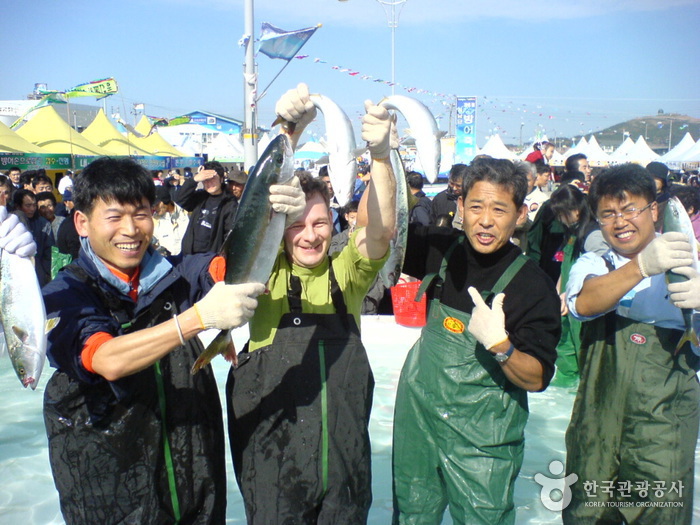

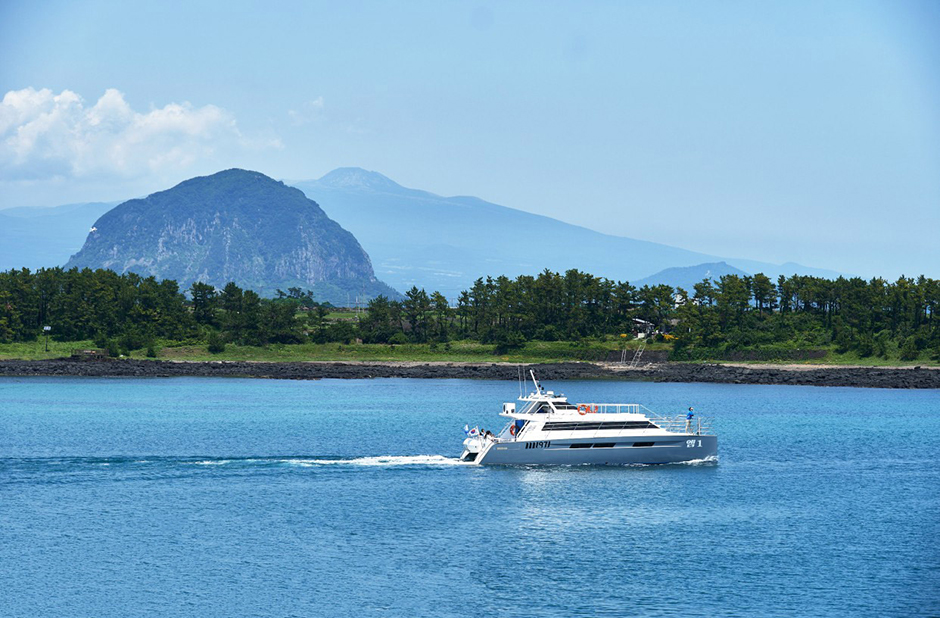
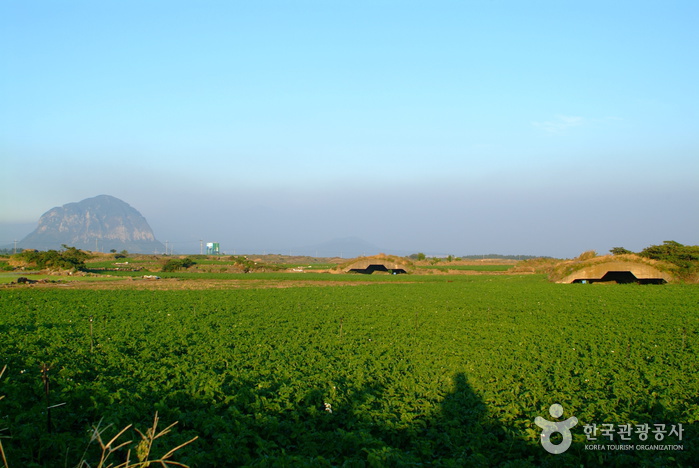
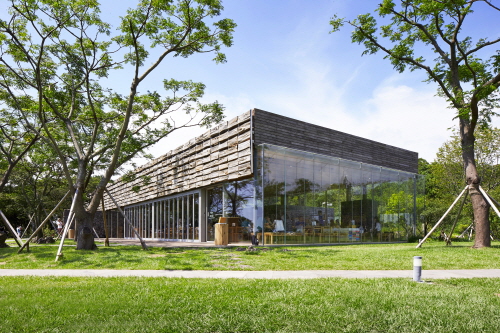
![Osulloc - Jeju Branch [Tax Refund Shop] (오설록 제주)](http://tong.visitkorea.or.kr/cms/resource/72/2887672_image2_1.jpg)
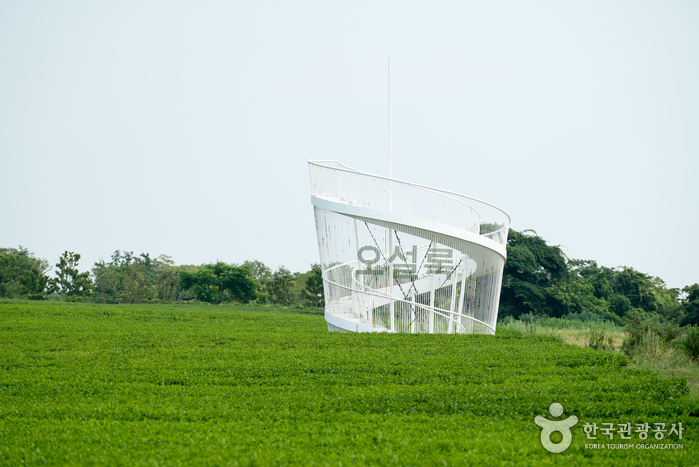
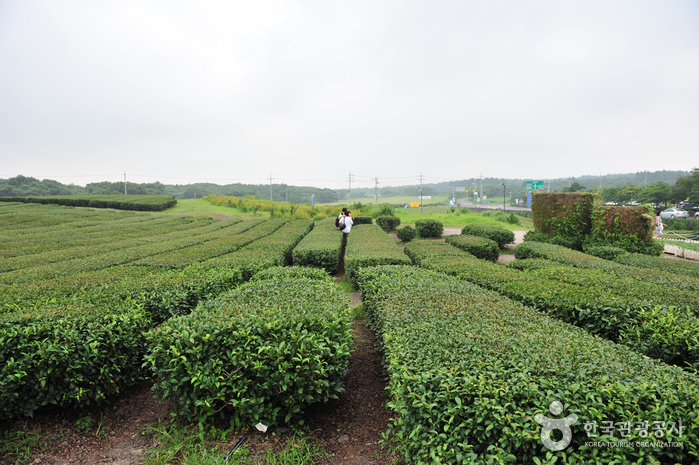
 English
English
 한국어
한국어 日本語
日本語 中文(简体)
中文(简体) Deutsch
Deutsch Français
Français Español
Español Русский
Русский